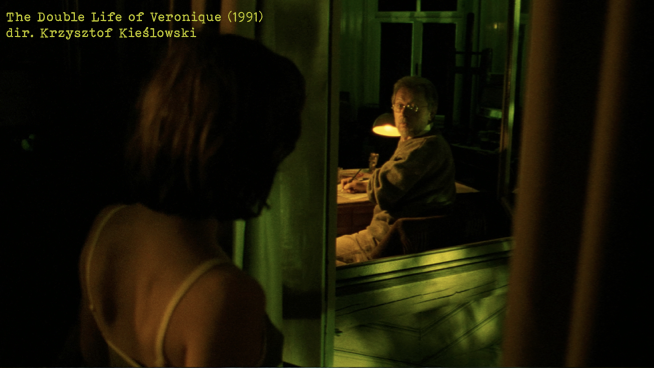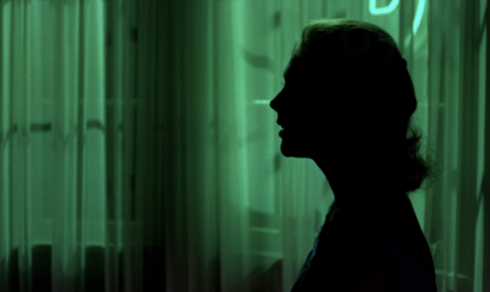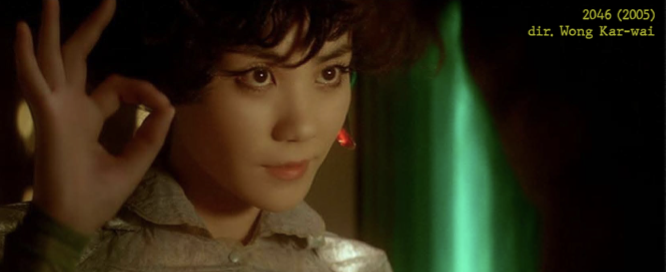- This topic has 4 replies, 5 voices, and was last updated 3 months, 3 weeks ago by .
-
Topic
-
hey everyone!
I got into a discussion with a DIT about a low budget short I’m working on.
I’m working to create a very stylised split tone look. It’s a night interior, with neon/forest green coming from outside & warm light inside. I’m putting down some references:



My initial thought was to put an RGB light outside the window or a daylight lamp with gel. My DIT friend suggested that an alternative would be to use just pure daylight from outside & create a LUT that offsets it to green & continue with that in the grade.
My gut is telling me to try to get as much of the colour as possible in camera (or at least a good way there) but is there a benefit in getting the green hue through post only? What are some of your tricks to approaching a split tone look? How far would you take the green/warm contrast in camera and how much would you leave to the grade?
What sort of adjustments would be in your LUT for this kind of split look?thanks, hope everyone had a nice xmas! x
- You must be logged in to reply to this topic.
